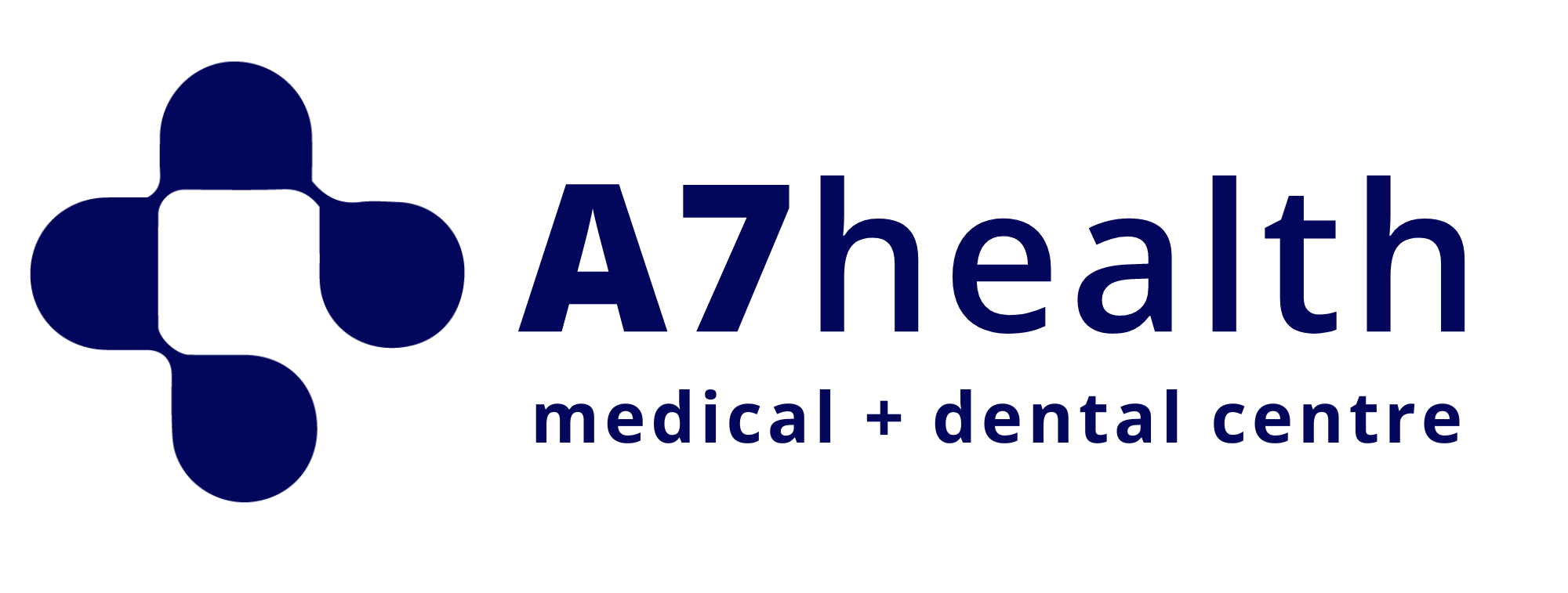Deep Vein Thrombosis (DVT)
Deep vein thrombosis (DVT) occurs when a blood clot (thrombus) forms in one or more of the deep veins of the body, usually in the legs. Deep vein thrombosis may cause leg pain or swelling. Sometimes there are no noticeable symptoms.
Symptoms of DVT
Deep vein thrombosis (DVT) symptoms can include:

- Leg swelling
- Leg pain, cramping or soreness that often starts in the calf
- Change in skin colour on the leg
- A feeling of warmth on the affected leg
- Deep vein thrombosis can occur without noticeable symptoms
When to see a doctor
A life-threatening complication of deep vein thrombosis is pulmonary embolism (blood clot in the lungs). You should see a doctor immediately if you notice these symptoms:
- Sudden shortness of breath
- Chest pain or discomfort that worsens when you take a deep breath or when you cough
- Feeling lightheaded or dizzy
- Fainting
- Rapid pulse
- Rapid breathing
- Coughing up blood
Causes of DVT
Anything that prevents the blood from flowing or properly clotting can cause a blood clot.
- Age – If you are older than 60, the risk increases. However, DVT can occur at any age.
- Lack of movement – If the legs do not move for a long time, such as driving or flying. The same applies to long periods of bed rest, e.g., during a prolonged hospital stay or a condition such as paralysis.
- Injury or surgery – Injury to the veins or surgery can increase the risk of blood clots.
- Pregnancy – Your blood clots more easily to prevent excessive blood-loss during childbirth. Your growing baby also presses on blood vessels around your pelvis, which reduces blood flow to your legs. The risk of blood clots from pregnancy can continue for up to six weeks after a baby is born. People with an inherited clotting disorder are especially at risk.
- Birth control pills (oral contraceptives) or hormone replacement therapy – Both can increase the blood’s ability to clot.
- Obesity – Obesity increases the pressure in the veins in the pelvis and legs.
- Smoking – Smoking affects how blood flows and clots, which can increase the risk of DVT.
- Cancer – Some cancers increase substances in the blood that cause the blood to clot. Some types of cancer treatment also increase the risk of blood clots.
- Heart failure – The heart and lungs don’t work well in people with heart failure, the symptoms caused by even a small pulmonary embolism are more noticeable.
- Inflammatory bowel disease – Crohn’s disease or ulcerative colitis increase the risk of DVT.
- Genetics– Some people have DNA changes that cause the blood to clot more easily. One example is factor V Leiden. This inherited disorder changes one of the clotting factors in the blood.
Treatment and prevention of DVT
DVT can be fatal and is most often treated with medication prescribed and monitored by a doctor. Lifestyle changes may help prevent deep vein thrombosis. Try these strategies:
- Move your legs – If you’ve had surgery or have been on bed rest, try to move as soon as possible.
- See a Physiotherapist – While there are certain exercises you can do yourself to reduce the risk of thrombosis, if you are predisposed, you should seek the help of a physiotherapist to treat and prevent thrombosis. Physiotherapists have a thorough understanding of the body’s anatomy and how the body responds to various stimuli.
- Don’t cross your legs while sitting – Doing so can block blood flow.
- When traveling, take frequent breaks to stretch your legs – When on a plane, stand or walk occasionally. If you’re traveling by car, stop every hour or so and walk around. If you can’t walk, do lower leg exercises.
- Don’t smoke – Smoking increases the risk of DVT.
- Manage weight – Obesity is a risk factor for DVT. Regular exercise lowers the risk of blood clots. As a general goal, aim for at least 30 minutes of activity every day.
Treatment and prevention at A7 Health for Deep Vein Thrombosis (DVT):
Get Physiotherapy – Book an appointment with a Physiotherapist at A7 Health who will assess you in a 45 minute consultation and provide treatment alongside a treatment plan to reduce pain and swelling, and improve blood flow. Some of the treatments include:
- Heat therapy.
- Massage to relieve pain, increase blood flow and reduce swelling.
- Mobility exercises to reduce stiffness and increase range of motion.
Join an exercise class (with a Biokineticist) – Moderate exercise, such as walking, has been shown to help relieve back and pelvic pain during pregnancy. Stretching can help relieve sore muscles. Join an exercise class led by an A7 Health Biokineticist who will teach you exercises that will strengthen and relax muscles and help you to reduce the likelihood of pain during your pregnancy. These exercises will also help you with delivery and recovery after you give birth.
